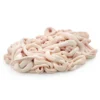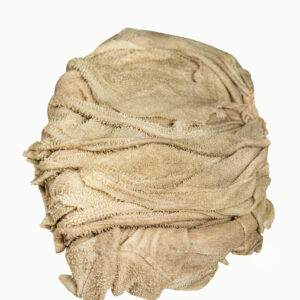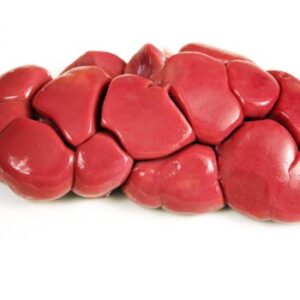FROZEN BEEF MINCE MEAT
Freezing Beef Mince: A Guide to Keeping Your Ground Beef Fresh and Ready to Go
FROZEN BEEF MINCE MEAT, also known as ground beef, is a kitchen staple for its versatility and affordability. From hearty chili and comforting shepherd’s pie to juicy burgers and flavourful pasta sauces, beef mince can be transformed into countless delicious meals. But what do you do when you have more mince than you need? Freezing it is the answer!
Freezing beef mince is a fantastic way to extend its shelf life and minimize food waste. However, to ensure you’re freezing it properly and preserving its flavour and texture, there are a few key things to keep in mind.
Why Freeze Beef Mince?
Extends Shelf Life: Fresh beef mince typically lasts only 1-2 days in the refrigerator. Freezing extends its shelf life to 3-4 months, allowing you to buy in bulk and save money.
Convenience: Having frozen beef mince on hand allows you to quickly whip up a meal without needing to make a separate trip to the grocery store.
Reduces Food Waste: Freezing helps you avoid throwing away leftover mince, contributing to a more sustainable kitchen.
Cool it Down Quickly: If you’ve cooked the beef mince, allow it to cool completely before freezing. Leaving it at room temperature for too long can encourage bacterial growth. Speed up the cooling process by spreading it in a shallow container.
Choose the Right Packaging: FROZEN BEEF MINCE MEAT
Proper packaging is crucial to prevent freezer burn, which can affect the taste and texture of the mince. Here are a few options:
Freezer bags: These are a great space-saving option. Squeeze out as much air as possible to prevent freezer burn. Opt for heavy-duty freezer bags for added protection.
Vacuum Sealing: This is the most effective method for preventing freezer burn. Vacuum sealing removes all air from the packaging, creating a tight seal that preserves the quality of the mince.
Containers: Rigid freezer-safe containers also work well, but make sure they are airtight.
Portion it Appropriately: Divide the beef mince into portions that you’ll typically use for a single meal. This makes thawing and using it much easier.
Flatten the Mince: Whether using a freezer bag or container, flatten the mince as much as possible before freezing. This helps it freeze and thaw more quickly and evenly.
Label and Date: Always label the package with the contents and the date it was frozen. This will help you keep track of how long it’s been in the freezer and ensure you use it within the recommended timeframe.
Thawing Beef Mince Safely:
Refrigerator (Recommended): The safest way to thaw frozen beef mince is in the refrigerator. This method takes longer, typically 12-24 hours, but it prevents bacterial growth. Place the frozen mince in a container to catch any drips.
Cold Water Bath: If you need to thaw the mince more quickly, you can submerge it in a sealed freezer bag in a bowl of cold water. Change the water every 30 minutes. This method can take 1-2 hours.
Microwave (Use with Caution): Thawing beef mince in the microwave is the quickest option, but it can also lead to uneven cooking. Use the defrost setting and keep a close eye on it to prevent it from partially cooking. Use the thawed mince immediately after microwaving.
Important Tips to Remember:
Don’t Refreeze: Once thawed, beef mince should not be refrozen unless it has been cooked.
Use Within a Reasonable Timeframe: While beef mince can be stored in the freezer for 3-4 months, it’s best to use it sooner rather than later for optimal flavour and quality.
Trust Your Senses: If the thawed mince has an unusual odour or appearance, discard it.
Conclusion:
Freezing beef mince is a simple and effective way to extend its shelf life, reduce food waste, and ensure you always have a key ingredient on hand for quick and delicious meals. By following these guidelines, you can confidently freeze and thaw beef mince while preserving its quality and flavor. So, go ahead and stock up – your future self will thank you!
Be the first to review “FROZEN BEEF MINCE MEAT” Cancel reply
Related products
Frozen Beef
Frozen Beef
Frozen Beef
Frozen Beef
Frozen Beef
Frozen Beef
Frozen Beef
Frozen Beef












Reviews
There are no reviews yet.